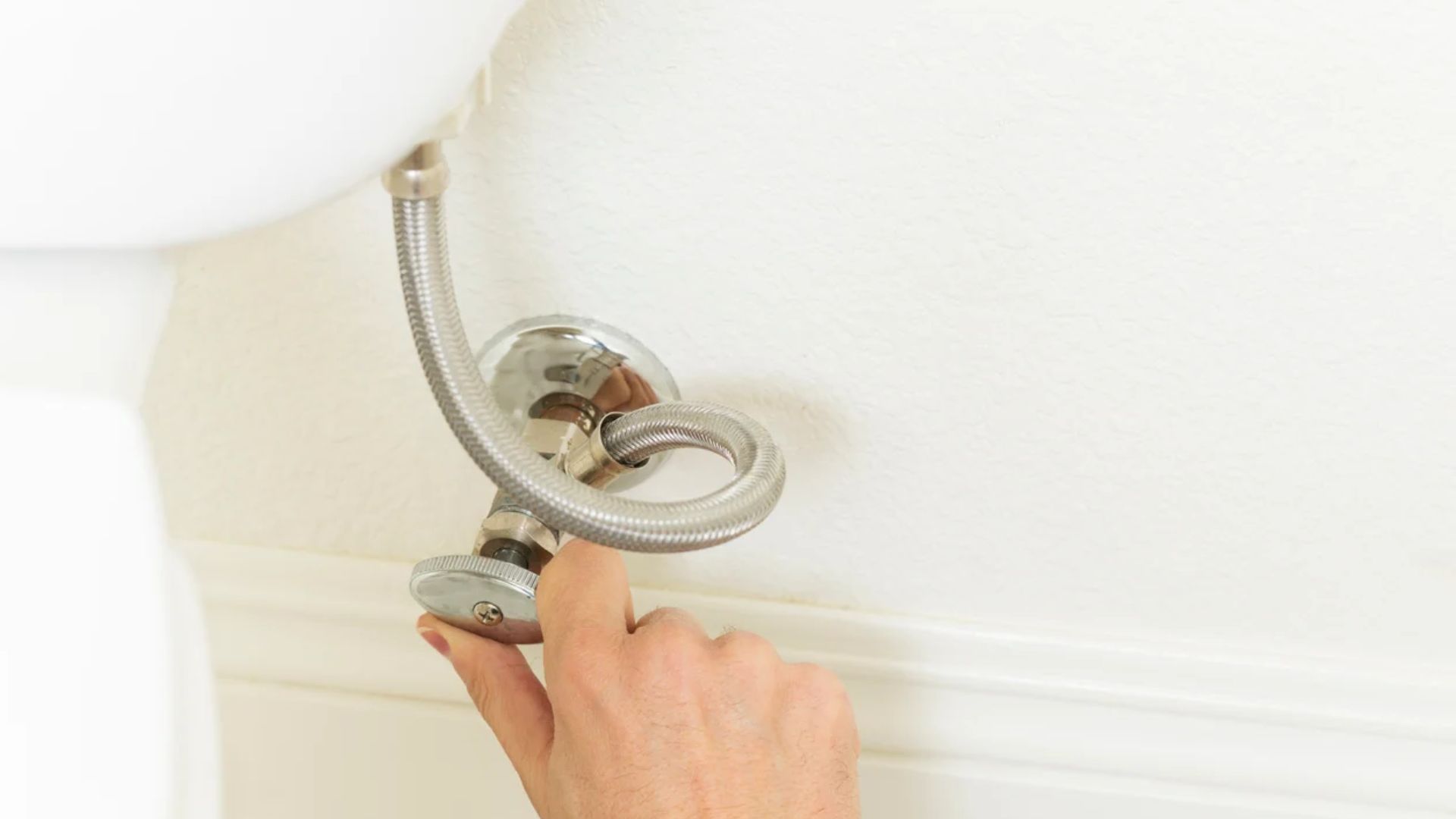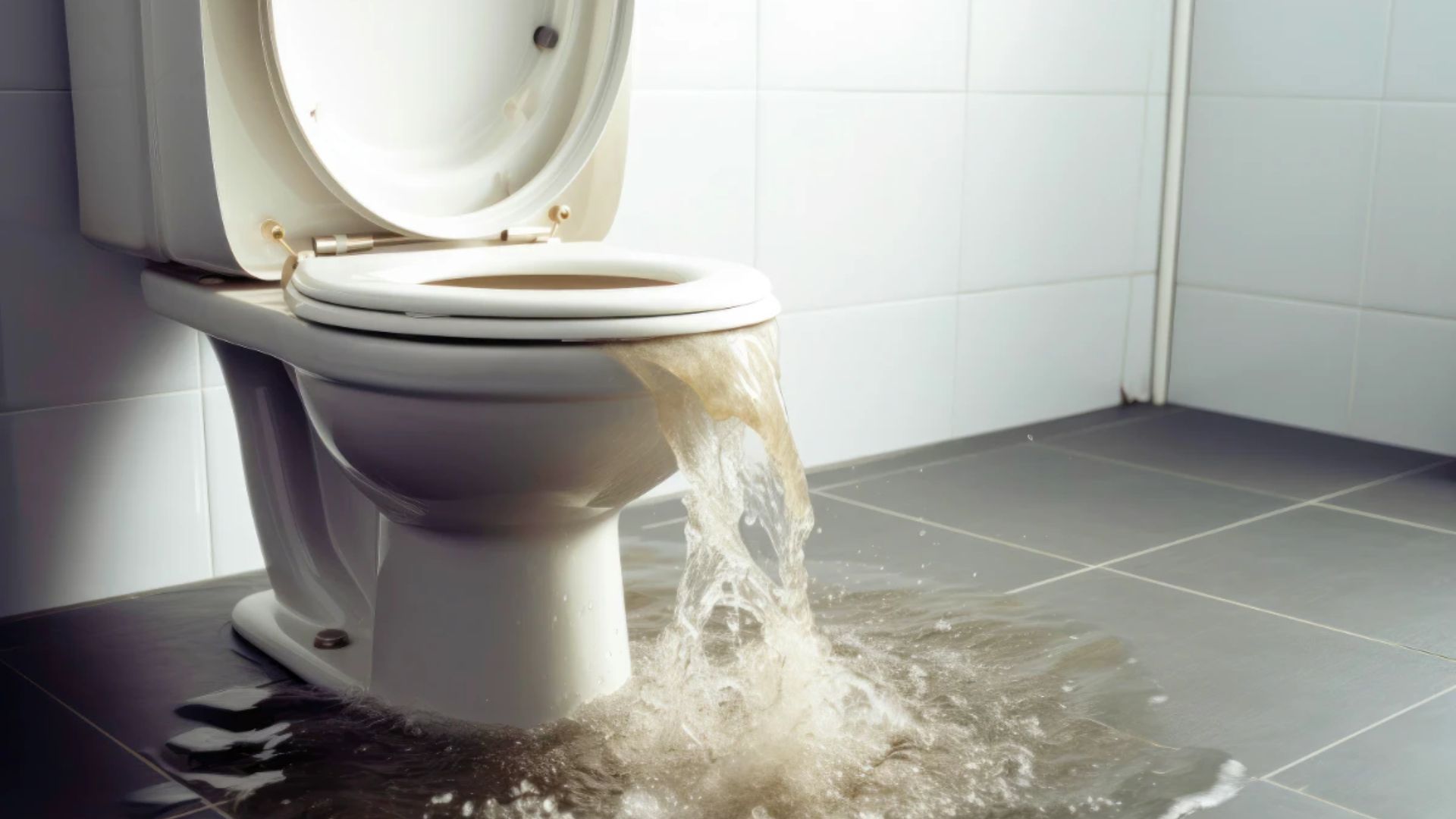7:00AM to 5:00PM
An overflowing or malfunctioning toilet can quickly turn into a homeowner’s nightmare, causing water damage and potential chaos. When faced with a plumbing emergency involving your toilet, knowing how to shut off the water supply and take immediate action to prevent further damage is crucial. This comprehensive guide provides step-by-step instructions on shutting off your toilet in an emergency, tips to avoid toilet disasters, and guidance on responding to toilet overflows. By equipping yourself with the knowledge and tools necessary to handle such situations, you can safeguard your home and minimise the impact of a plumbing emergency.
This guide will cover essential topics such as locating and turning off your toilet’s water valve, the tools you’ll need, preventive measures to avoid emergencies, and what to do if your toilet does overflow. Additionally, we’ll address frequently asked questions to provide further clarity on shutting off toilets in emergencies. Following the advice and instructions outlined in this guide, you’ll be better prepared to handle toilet-related emergencies and protect your home from potential water damage.
In a plumbing emergency, it’s crucial to know how to shut off the water supply to your toilet, water heater, and other fixtures. Locate the shut-off valves and test them regularly to ensure they are in working order. Additionally, be aware of your home’s gas supply and know how to shut it off in the case of a burst pipe or other serious issue.
To shut off your toilet in an emergency, it’s essential to have a few basic tools readily available. The primary tools you will need are an adjustable wrench and a pair of slip-joint pliers. The adjustable wrench is crucial for loosening and tightening connections, while the slip-joint pliers will assist in gripping and manipulating various components. These tools play a vital role in quickly and effectively shutting off the water supply to your toilet during an emergency. With these tools, you’ll be well-prepared to handle unexpected plumbing situations and minimise potential damage.
An adjustable wrench lets you easily loosen and tighten connections on the water supply line and the shutoff valve. This versatile tool can be adjusted to fit different sizes of nuts and bolts, ensuring a secure grip and facilitating smooth operation. Slip-joint pliers, on the other hand, are designed with adjustable jaws that can be set to different positions. This feature lets you firmly grip and manipulate components such as the valve handle or supply line connections. With these essential tools in your toolbox, you’ll be equipped to take swift action in shutting off the water supply to your toilet, preventing further damage in emergencies.
To locate the shutoff valve for your toilet, begin by checking behind the toilet bowl near the floor. The shutoff valve is typically a small, round valve connected to the water supply line. It may feature a lever or knob handle that you can turn to shut off the water flow.
Sometimes, you might find the valve positioned on the wall behind the toilet instead of directly behind it. If you’re having difficulty locating the shutoff valve, follow the water supply line from the toilet to its connection with the main water supply. It’s also advisable to familiarise yourself with the shutoff valve’s location beforehand, saving you valuable time in a plumbing emergency.

The shutoff valve is typically a small, round valve connected to the water supply line. It can be found behind the toilet bowl near the floor, although in some cases, it may be positioned on the wall behind the toilet. Before proceeding, take a moment to inspect the area and visually locate the valve.
Once you have located the shutoff valve, use your hand or a wrench to turn the valve handle or lever clockwise. This motion will close the valve and stop the water flow to the toilet. Make sure to turn the valve until it is fully closed.
After turning the valve, check the toilet to ensure the water flow has ceased. Flush the toilet and observe if any water refills the tank or bowl. If water continues to flow, the valve may not be fully closed. In such cases, you may need to use your tools to gently tighten or loosen the valve until a complete shutoff is achieved.
While knowing how to respond to a toilet emergency is essential, preventive measures can help avoid such situations. Performing regular maintenance on your toilet is crucial. Take the time to inspect your toilet periodically for any signs of leaks, cracks, or other damages. By identifying and addressing these issues early on, you can prevent future problems. Additionally, replacing worn-out parts like flappers or fill valves can help maintain the proper functioning of your toilet and reduce the risk of emergencies.

It’s also essential to recognise warning signs that may indicate underlying issues with your toilet. Pay attention to any unusual sounds, slow drainage, or recurring clogs. These can be indicators of potential problems that should be addressed promptly by a professional plumber. By being proactive and addressing these warning signs, you can prevent more significant issues from arising.
Also, creating an emergency plan with your family members or housemates is a proactive step. Ensure that everyone knows the location of the shutoff valve and understands how to turn off the water supply if needed. By familiarising everyone with these procedures, you can minimise the potential damage caused by a toilet emergency and respond swiftly and effectively.
Responding to an Overflowing Toilet:

The first step when dealing with an overflowing toilet is to shut off the water supply. Locate the shutoff valve behind or near your toilet. It is typically a small, round valve connected to the water supply line. Turn the valve handle or lever clockwise (to the right) to shut off the water flow. Doing so will stop water inflow into the toilet and prevent further overflow.
Once you have shut off the water supply, it’s crucial to contain the excess water to prevent it from spreading and causing further damage. Use towels, buckets, or a wet vacuum to soak up the water and keep it confined to the bathroom area. Place towels or absorbent materials around the toilet’s base to absorb any additional overflow. This will help mitigate the risk of water seeping into other parts of your home, minimising potential water damage.
If you cannot stop the overflow or if there is extensive water damage, it is advisable to contact a professional plumber. A skilled plumber will have the expertise and necessary equipment to resolve the issue and ensure the proper functioning of your toilet. They can assess the situation, identify any underlying problems, and provide the appropriate repairs or replacements. It’s essential to address the issue promptly to prevent further damage and restore the functionality of your toilet.
Remember, safety should always be a top priority. If the overflowing toilet poses a risk to you or your property, such as electrical hazards or structural damage, it is essential to prioritise your well-being. In such cases, evacuate the area and seek professional help if necessary.
Understanding how to respond to a toilet emergency is crucial for homeowners. Following the steps outlined in this guide, you can confidently handle situations such as shutting off the water supply to your toilet or addressing an overflowing toilet. However, prevention is always better than cure for plumbing issues. Regular maintenance, recognising warning signs, and creating an emergency plan can help you avoid toilet emergencies.
When faced with complex plumbing problems or if you require professional assistance, it’s wise to rely on the expertise of a trusted plumbing company. For Gold Coast residents, Gold Coast Plumbing Company is your go-to service provider for all your plumbing needs. Their team of experienced plumbers has the knowledge and tools to handle any toilet emergency efficiently and effectively. Don’t hesitate to contact Gold Coast Plumbing Company for prompt and reliable plumbing solutions on the Gold Coast.
Regular maintenance on your toilet is recommended at least once every six months. This includes checking for leaks, inspecting the toilet components for wear and tear, and ensuring proper water flow and drainage. By conducting routine maintenance, you can catch potential issues early and prevent toilet emergencies.
Some common warning signs of a toilet problem include unusual sounds during flushing, slow drainage, recurring clogs, constantly running water, or water leaks around the toilet base. If you notice any signs, addressing them promptly is essential to prevent further damage and potential emergencies.
Before leaving for a vacation, taking a few precautions to prevent toilet emergencies is recommended. Shut off the water supply to your toilet by closing the shutoff valve completely. This will eliminate the risk of any leaks or overflowing while you’re away. Additionally, consider having someone check on your home periodically to ensure everything is in order. If you’re planning an extended vacation, consulting with a professional plumber to conduct a thorough inspection and address any potential issues before you leave may be beneficial.
For minor issues, such as a simple clog or a loose connection, you can attempt to fix the problem yourself if you have some plumbing knowledge and feel confident doing so. However, it is advisable to call a professional plumber for more complex issues like severe blockage, leaks, or persistent problems. They have the expertise, tools, and experience to diagnose and resolve the situation correctly, ensuring the long-term functionality of your toilet and minimising the risk of further damage.